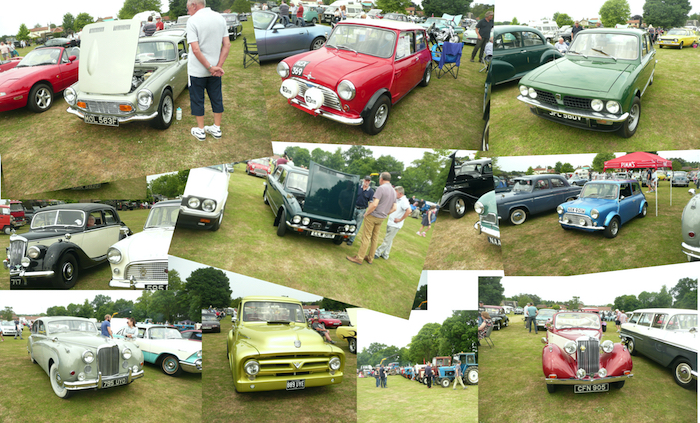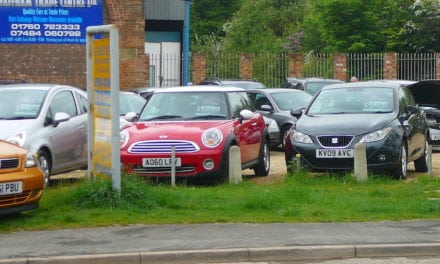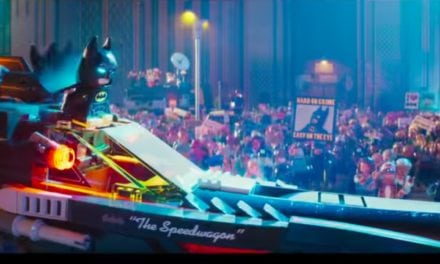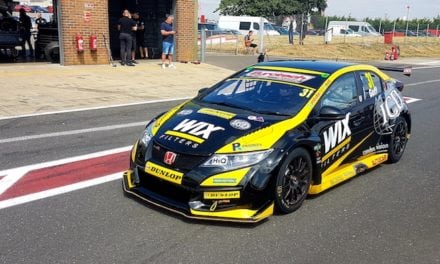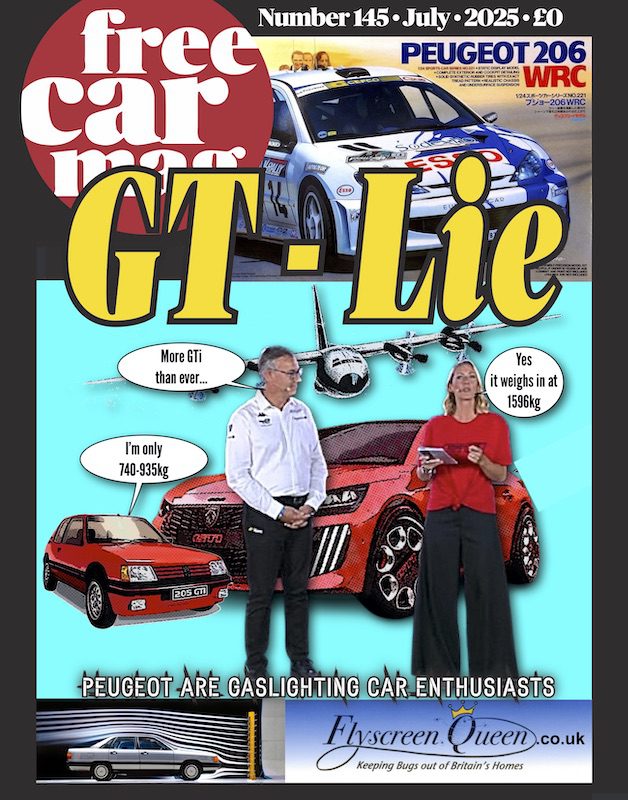There are a variety of cars that we may now consider to be classics. Perhaps the 1964 Aston Martin, the Chevrolet Corvette 1963, or the Shelby Mustang race to mind. Whichever you may ruminate as the most iconic, classic cars have managed to amass a cult following over the years and are both collected and globally admired for their unique qualities and innovative design wherever they appear, says Lee Masters, Show Director at The Classic Motor Show which returns to NEC Birmingham from 11 – 13 November 2022
Whether it be the pre-World War One veteran car or the pre-1930 vintage vehicle, the post-vintage automobile or the late-twentieth century car, there is no simple definition of the classic vehicle thanks to its many categories. But what are some of the things that can bring us one step closer to defining what may truly be, a classic car?
The Age
The age of a vehicle is perhaps the most predominant feature associated with the classic car. Just as the by-gone decades are romanticized in ideas (reminiscent in notions of the Roaring Twenties and Swinging Sixties), cars seem to be no exception. Some of the most pioneering and charming vehicles of the past are now considered to be the classics of their genre.
Cars from by-gone times bring forth those senses of nostalgia and rarity that help to denote that classic flavour. But just how old must a car be to earn that prized label? Tax exemption provides a far simpler answer to this question. Tax exemptions for classic cars are based on a 40-year scale and so, in short, any car that’s aged 40 years or older has the potential to be considered a classic.
But there’s much more to earning that prestige than hitting a certain age and, alas, turning 40 is not so special for every car. Beyond the date that a car was created, a range of other factors can aid in defining it as a classic.
Design and Beauty
Classic cars generally sit at the top of their class in all genres, including state-of-the-art beauty and inventive design. As the late Karl Lagerfeld said, “There is nothing more beautiful than a Duesenberg” – certainly, a classical beauty can be attributed to the iconic cars over the ages.
Vehicles that stood out as the most design-savvy may now be the ones that are remembered as the eternal classics. Some typical design features that may be associated with this are the fender-mounted mirrors, introduced in 1921 and later popularized in the 60s and 70s, pop-up headlights, or front bench seats. Even the now banished from the streets wooden side-panelling may signal the presence of what could be considered a classic car.
These qualities are seen as typical of their period and are not generally included in the design of cars today, making them classical features uniquely reminiscent of their decades and thus special in our own time.
Cultural Impact
A car may even earn its classic status through film and TV based on its association with iconic movie characters. The 1964 Aston Martin has appeared in more 007 movies than any Bond actor and has, over its lifetime, earnt not only a status amongst the film’s fans but the stamp of a true classic. A car’s appearance in specific motor races may also work towards the same effect. The Audi Sport Quattro S1 E2 earnt its prestige through its domination of early-80s rally racing. Due to its precision in the sport, the advancements this car had in rally culture allowed it to live on as an icon of its era.
The impact these cars had, as well as their unique vintage designs, make them a rarity and, as a result, a hot commodity in short supply. So, whilst today classic cars can exist simply to be driven and enjoyed, they are also highly valuable to any avid collector.
And thus, the definition of a classic car is left indefinite. What is a classic to one person may not be so to another. Nonetheless, you may define them today by this range of features that continue to be admired and bring a sense of nostalgia wherever they appear.
The Lancaster Insurance Classic Motor Show, with discovery+ is returning to NEC Birmingham from 11 – 13 November 2022. To find out more information visit www.necclassicmotorshow.com

